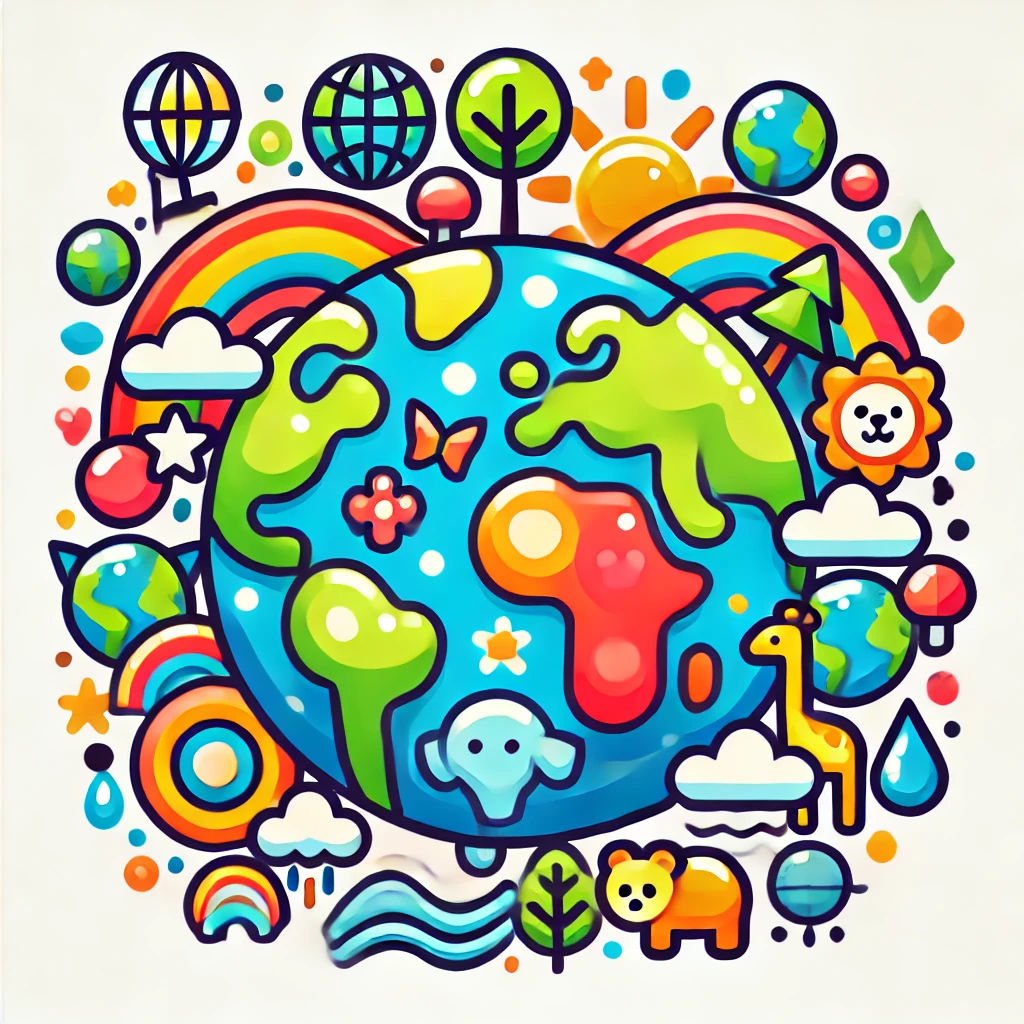Table of Contents
Clipart:hjoadbutp9i= earth, our home planet, is the third from the Sun in our solar system. It is unique because it sustains life, thanks to its perfect distance from the Sun and its abundant natural resources. From vast oceans to high mountains, Earth offers a diverse landscape.
2. The Composition of Earth’s Atmosphere
Earth’s atmosphere is composed mainly of nitrogen (78%) and oxygen (21%), with trace amounts of other gases. This mixture creates a protective layer, shielding life from harmful solar radiation while maintaining temperatures conducive to life.
3. The Importance of Earth’s Oceans Clipart:hjoadbutp9i= earth
Clipart:hjoadbutp9i= earth The oceans cover more than 70% of Earth’s surface. They play a critical role in regulating climate, absorbing carbon dioxide, and supporting marine ecosystems. Without oceans, Earth’s temperature would be much higher. Clipart:hjoadbutp9i= earth
4. The Continents of Earth

Clipart:hjoadbutp9i= earth Earth is divided into seven continents: Asia, Africa, North America, South America, Antarctica, Europe, and Australia. Each continent has its unique geography, culture, and ecosystem, contributing to Earth’s incredible diversity. Clipart:hjoadbutp9i= earth
5. The Role of Earth’s Magnetic Field
Clipart:hjoadbutp9i= earth Earth’s magnetic field is generated by its core, which consists of molten iron and nickel. This magnetic field protects Earth from solar wind and cosmic radiation, making life on Earth possible.
6. Earth’s Water Cycle
Water constantly moves between the oceans, atmosphere, and land through the water cycle. This process, driven by the Sun, includes evaporation, condensation, precipitation, and runoff. It plays a vital role in replenishing freshwater resources. Clipart:hjoadbutp9i= earth
7. The Ecosystems of Earth

Earth boasts a wide range of ecosystems, from tropical rainforests to arid deserts. Each ecosystem supports a variety of plants and animals that are interconnected, forming intricate food webs and energy flows.
8. Human Impact on Earth
Over the centuries, human activity has dramatically altered Earth. Deforestation, pollution, and climate change are some of the negative impacts humans have had on the planet. There is a growing need for sustainable practices to protect Earth’s environment.
9. Climate Change and Earth’s Future
Climate change is one of the most pressing issues facing Earth today. Rising temperatures, melting glaciers, and extreme weather events are signs that Earth’s climate is changing. Mitigating these effects requires global cooperation and innovation.
10. The Earth’s Biosphere
The biosphere includes all living organisms on Earth and their interactions with the environment. It spans across land, water, and the atmosphere. Every living being, from microscopic bacteria to large animals, plays a role in maintaining the balance of life on Earth.
11. Earth’s Unique Position in the Solar System
Earth’s location in the habitable zone of the solar system makes it ideal for life. Neither too hot nor too cold, this “Goldilocks” zone ensures that water can exist in liquid form, which is essential for all known life forms.
12. Earth’s Geological Activity
Earth is constantly changing due to its dynamic geology. Tectonic plates shift, causing earthquakes and volcanic eruptions. These processes shape Earth’s landscape and contribute to the formation of mountains, valleys, and islands.
13. The Seasons of Earth
Earth experiences four seasons due to its axial tilt and orbit around the Sun. These seasons—winter, spring, summer, and fall—affect climate, agriculture, and the behavior of plants and animals.
14. The Moon’s Influence on Earth
The Moon plays a crucial role in stabilizing Earth’s rotation and causing tides. Its gravitational pull affects the ocean’s movements, creating high and low tides that influence marine life and coastal ecosystems.
15. Natural Resources on Earth
Earth is rich in natural resources like water, minerals, and fossil fuels. These resources are essential for human civilization but must be used responsibly to ensure sustainability for future generations.
16. The Biodiversity of Earth
Biodiversity refers to the variety of life on Earth, from tiny microbes to large mammals. Healthy biodiversity ensures ecosystem stability and resilience, but habitat destruction and pollution threaten this balance.
17. Space Exploration and Earth
As humans explore space, we gain valuable insights into Earth’s place in the universe. Satellite technology, for instance, allows us to monitor Earth’s environment, weather patterns, and natural disasters more accurately.
18. Earth’s Cultural Significance
Earth has been a source of inspiration for cultures, religions, and philosophies throughout history. Different societies have developed ways to honor and protect the planet, recognizing its significance to life.
19. Protecting Earth for Future Generations
The future of Earth depends on how well humans manage its resources and mitigate the effects of climate change. Conservation efforts, technological innovations, and sustainable practices are key to ensuring a healthy planet for future generations.
20. Earth in Popular Culture
From movies to books, Earth has been a central theme in popular culture. Films like “Planet Earth” documentaries and novels like “The Good Earth” have drawn attention to the beauty and fragility of our planet.
21. Challenges Facing Earth
Earth faces numerous challenges, including pollution, deforestation, and climate change. Addressing these issues requires a global effort, with governments, businesses, and individuals all playing a role in creating solutions.
22. Conclusion: Our Responsibility to Earth
Earth is the only known planet capable of sustaining life. It is our responsibility to protect and preserve its natural resources, biodiversity, and ecosystems. By working together, we can ensure that Earth remains a healthy, habitable place for generations to come.
Read Also: All Access Technologies 402-699-2575: Bridging the Future of Communication




